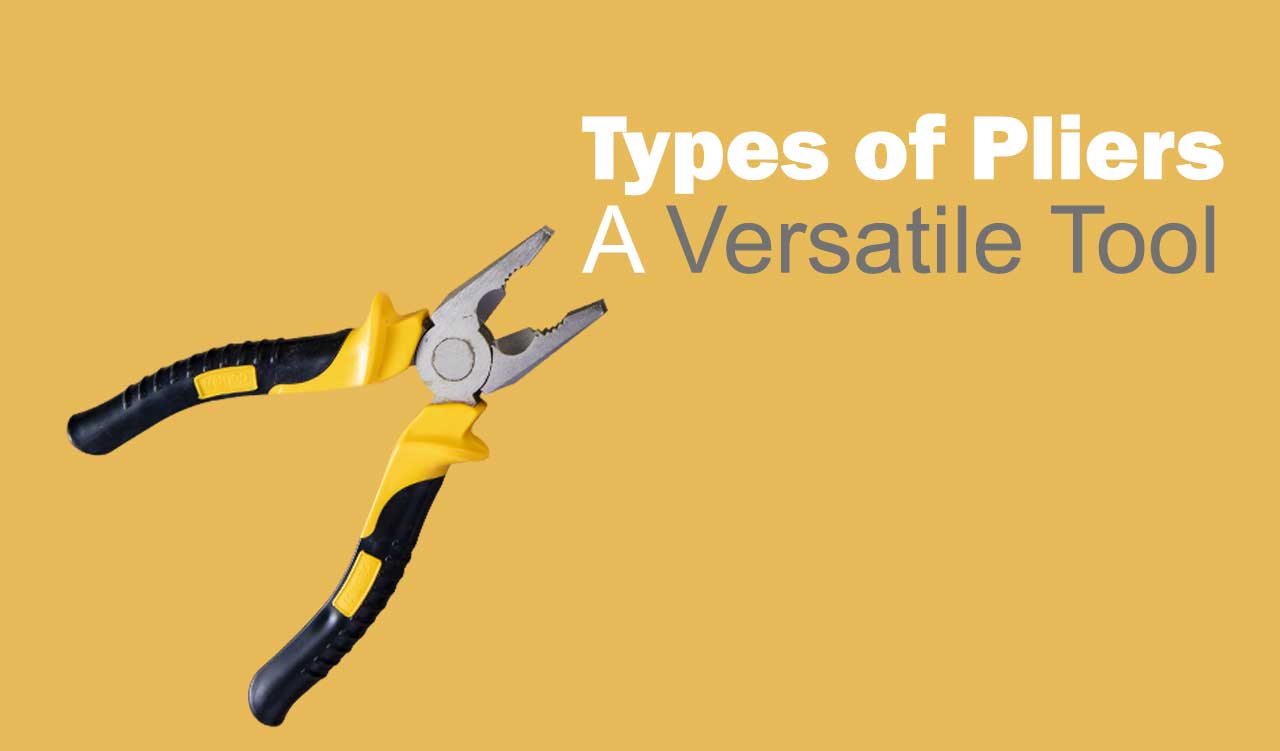Types of Pliers
Types of Pliers: A Versatile Tool Pliers are essential LINK TITLE hand tools used for gripping, bending, cutting, and twisting various materials. Their versatility makes them indispensable in various fields, from DIY projects to professional trades. Let’s explore some common types of pliers and their applications: Common Types of Pliers Slip-Joint Pliers: Adjustable jaw width for gripping different sizes of objects. Commonly used for general-purpose tasks like gripping, bending, and cutting wire. Combination Pliers: Combine features of slip-joint and needle-nose pliers. Often include cutting edges for wire. Suitable for a wide range of tasks. Needle-Nose Pliers: Long, thin jaws for precision work. Ideal for bending and cutting wire, reaching into tight spaces, and handling small components. Diagonal Cutting Pliers: Designed for clean cuts on wire and small bolts. Angled jaws provide better leverage and control. Locking Pliers (Vice Grips): Adjustable jaws with a locking mechanism. Provide a strong grip without continuous hand pressure. Useful for holding and clamping objects securely. Water Pump Pliers: Large, heavy-duty pliers with serrated jaws. Designed for gripping and turning pipes, nuts, and bolts. Lineman’s Pliers: Long, heavy-duty pliers with cutting edges. Used in electrical work for gripping and cutting wires. Other Specialized Pliers Snap-Ring Pliers: For installing and removing retaining rings. Crimping Pliers: For attaching connectors to wires. Round Nose Pliers: For creating loops and bends in wire. Flat Nose Pliers: For holding and bending sheet metal. Bent Nose Pliers: Similar to needle-nose but with a bent head for better access. Remember: The type of pliers you choose depends on the specific task at hand. Always wear appropriate safety gear, such as gloves and eye protection, when using pliers. Would you like to learn more about a specific type of pliers or its application? MAY YOU LIKE:


